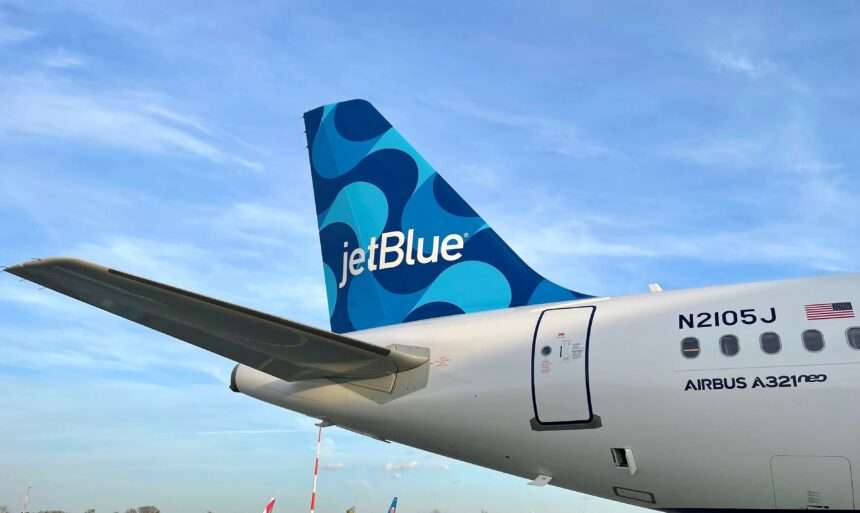The prospect of low-emission flights in Aotearoa New Zealand is a step closer to reality, with Christchurch Airport now at the centre of a new green hydrogen consortium.
Christchurch International Airport, located on the South Island, is one of six sustainability-focused companies have formed The Hydrogen Consortium to design an ecosystem for green hydrogen aviation in New Zealand.
Green hydrogen consortium
The other partners are Airbus, Air New Zealand, green energy company Fortescue Future Industries, Taranaki’s Hiringa Energy and liquid hydrogen solution pioneers Fabrum.
Green hydrogen is already proving its worth around the world as a sustainable fuel source for buses, trucks, trains and boats. There are global efforts underway to design a green hydrogen passenger plane for commercial use.
Christchurch Airport Chief Executive Justin Watson says hydrogen-powered planes make sense – they have the potential to drastically cut emissions and reduce aviation’s carbon footprint. Over the next six months, the consortium will design a green hydrogen ecosystem for aviation.
They will examine the supply chain, assess the local aviation market’s projected hydrogen needs to 2050, and the infrastructure required for development of hydrogen aviation in New Zealand.
Following the successful completion of phase one, the consortium will then look into whether test flights can be held in New Zealand.
[monsterinsights_popular_posts_inline]
Air New Zealand
Air New Zealand has two ambitious goals – to fly its first commercial demonstrator flight from 2026 and begin replacing its Q300 Turboprop fleet from 2030 with low-emission aircraft.
The airline’s Chief Sustainability Officer Kiri Hannifin says the consortium’s work will be important to Air New Zealand achieving those ambitions.
“To fly hydrogen-powered aircraft in New Zealand we will need an aviation ecosystem that can support it. The Hydrogen Consortium brings together energy, aircraft, airline operator and airport expertise with the aim of bringing this to life. We can’t wait to see what we can achieve together,” says Ms Hannifin.
About Christchurch Airport
Christchurch Airport is the main airport serving the city of Christchurch and the wider Canterbury region of New Zealand.
It is located approximately 12 kilometres (7.5 miles) northwest of the city centre and is the second busiest airport in the country after Auckland Airport.
The airport serves as a hub for several domestic and international airlines, including Air New Zealand, Jetstar, and Virgin Australia.
In terms of international connections, Christchurch Airport offers direct flights to several destinations in Australia, as well as to Fiji, Singapore, and several other Pacific Island nations.
The airport also serves as a gateway to the South Island of New Zealand, which is known for its stunning natural scenery and outdoor recreation opportunities.
Summary
According to the Airport, the pressure on the energy network will increase as fossil fuel powered technology is increasingly replaced with electric alternatives to meet our Net Zero 2050 goals.
Transpower is forecasting electricity demand will increase by 68% by 2050. It says 40 new, grid-scale generation and batteries projects will be required before 2035.
Given electric and green hydrogen aircraft are expected to be flying in New Zealand skies in the future, its important airports are working to enable airlines to introduce these low emission planes now.
Christchurch Airport is the perfect testbed for ‘green’ air travel – with Kōwhai Park, a 400-hecatre renewable energy precinct sitting just beside the runways.









